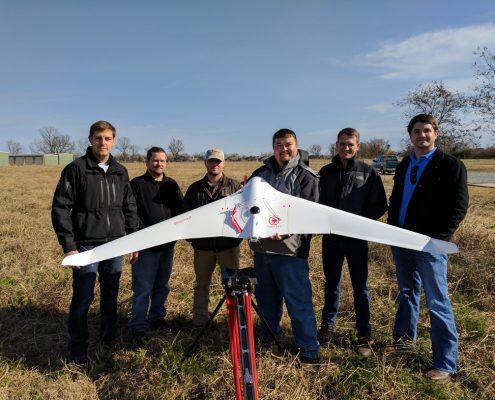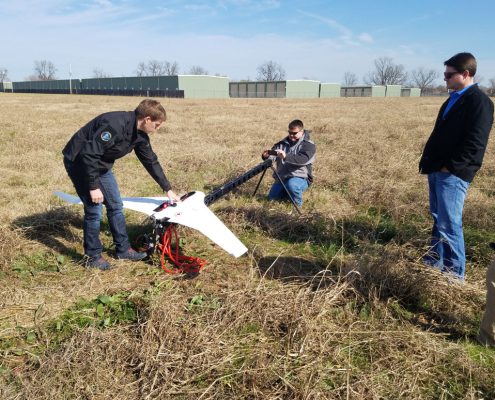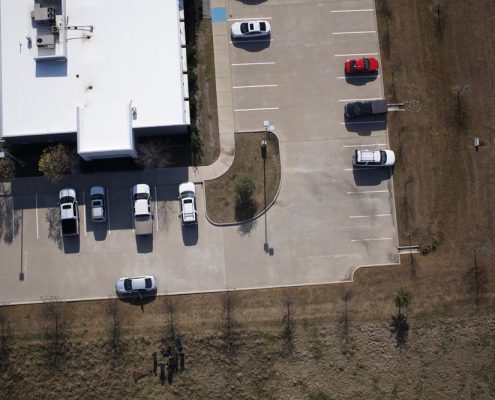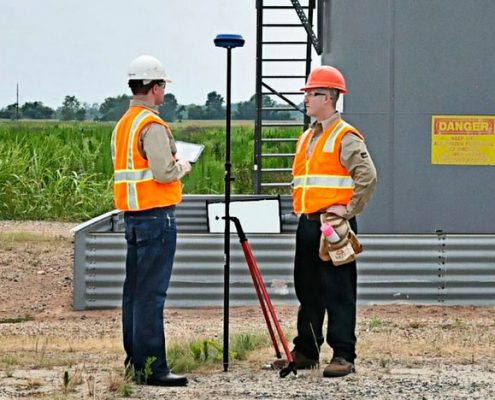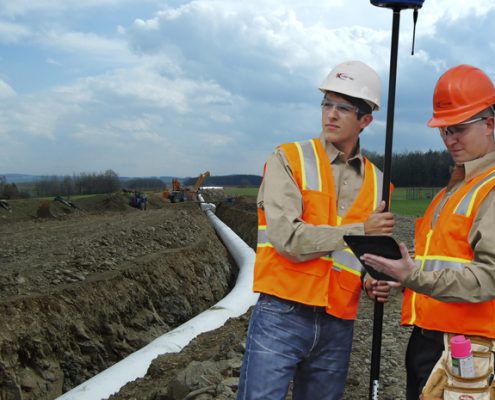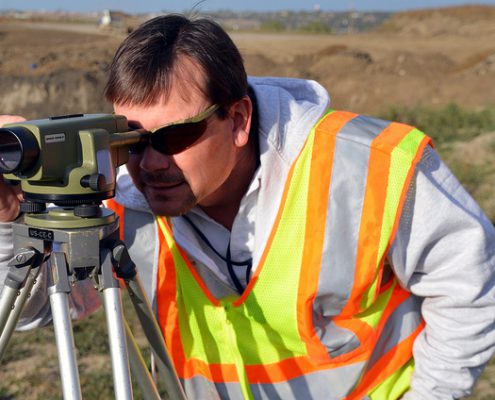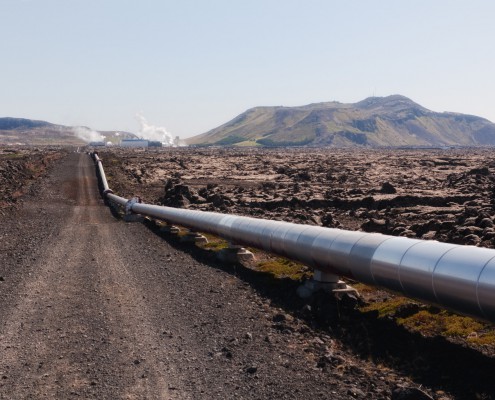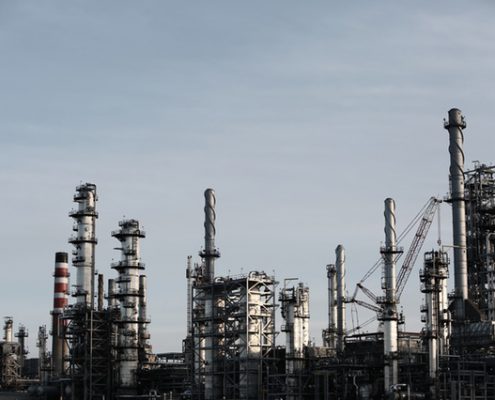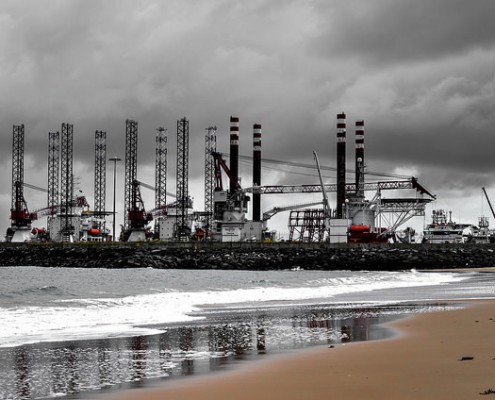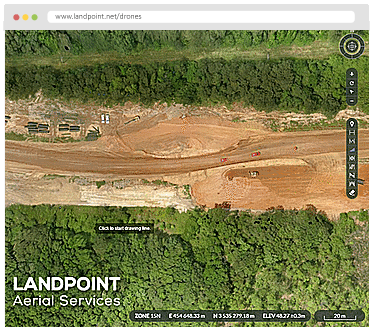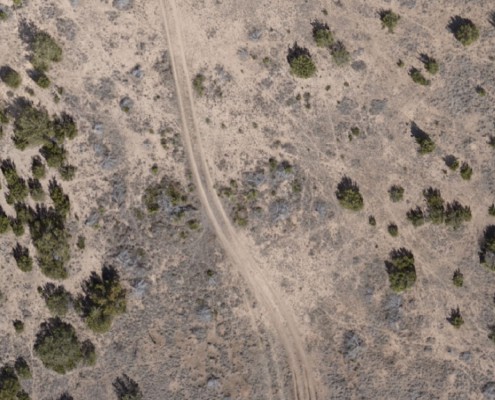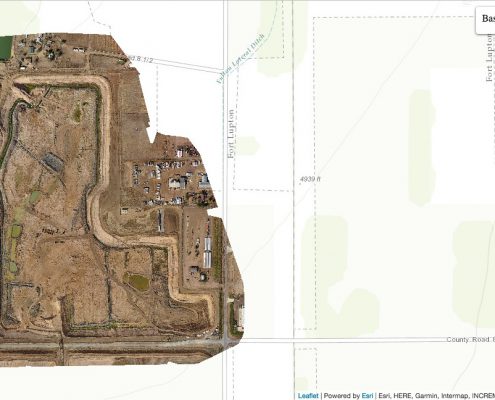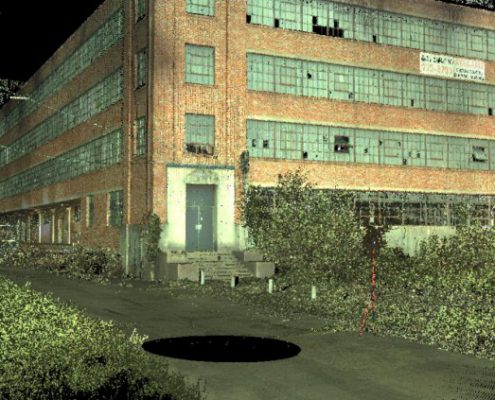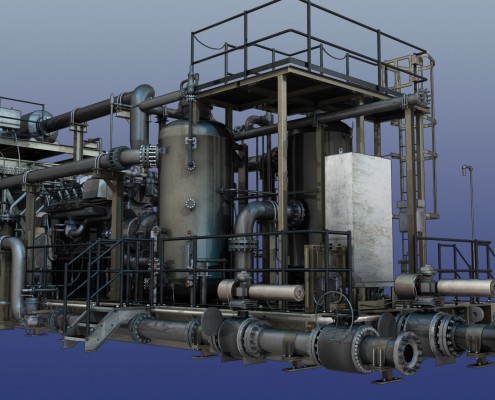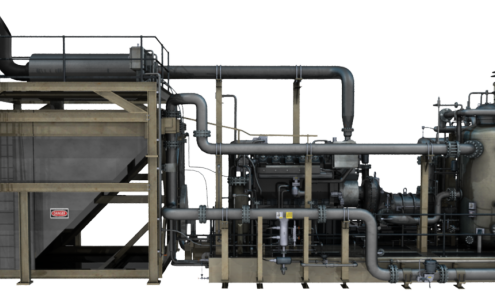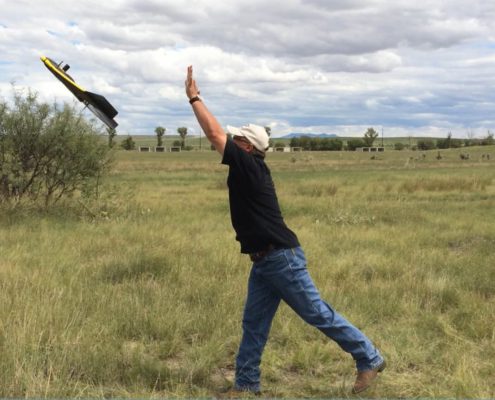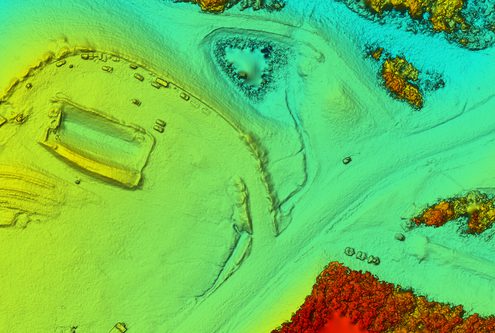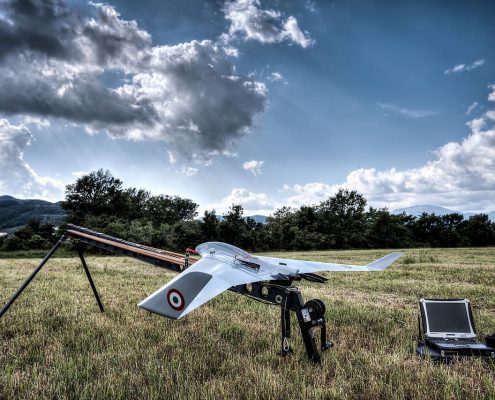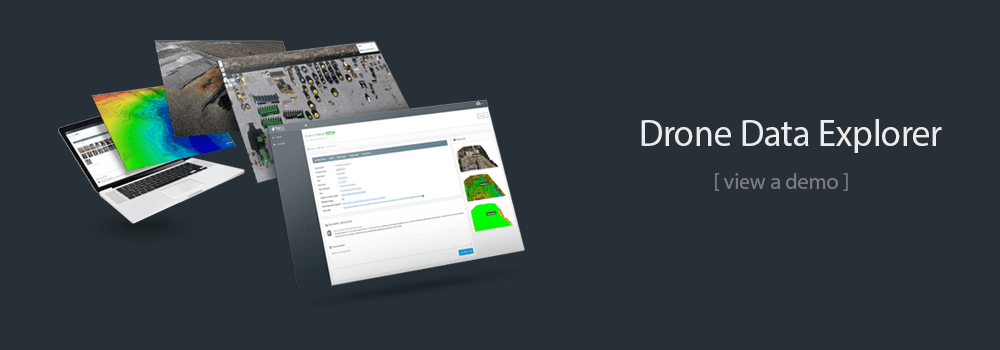A (Quick) Guide to Hiring an Aerial Land Surveyor for a Pipeline Project
Completing a land survey is one of the biggest challenges a project leader will face in the runup to a pipeline construction project. The survey must be quick, accurate, and cost-effective to get the project off to the best possible start. Hiring an aerial land surveyor that uses unmanned aerial vehicles (UAVs) can help you balance these priorities. UAVs work faster than traditional surveying teams, and use the latest technologies to capture detailed and accurate land data. Read this blog post for a closer look at the benefits of working with an aerial land surveyor for your pipeline project.
Once you’ve decided that an aerial land surveyor is right for you, you’ll want to do your homework and make sure you work with the right one. Read on for tips on how you can evaluate potential surveying partners.
Does the surveyor use the latest drone technology and produce survey-grade data?
One of the biggest challenges that project leaders face when trying to hire a surveying partner is separating the hobbyists from the serious professionals. With UAVs becoming less expensive over time, more and more people are starting to think they have what it takes to perform land surveying services. However, there is a clear difference between the work of experienced UAV operators flying the latest technology, and the work of amateurs.
Only the professional can provide the survey-grade data you need to make informed decisions based on accurate assumptions. In the world of pipeline land surveying, “close enough” simply doesn’t exist. Only precise and detailed data will do, and only aerial land surveyors who have invested in the latest data-gathering technologies can provide that kind of data to you.
Does the aerial land surveyor employ certified UAV operators?
The UAV space has long been subject to government regulations. While these regulations have made life a bit more difficult for people looking to source data quickly and cost-effectively, they are also necessary to ensure that UAVs are operated safely.
Cutting corners by hiring someone who isn’t an sUAS-certified UAV pilot may not seem like a big deal, but it’s important to be aware of some of the potential consequences of such a decision. For one, what you don’t know can hurt you. This means that if a UAV operator working on behalf of your company doesn’t follow all applicable laws and guidelines while working on your project, your company may face legal complications as a result. Hiring a certified UAV operator is the best way to avoid these kinds of complications.
Is the land surveyor an end-to-end service provider?
After your aerial land surveyor collects the data your pipeline requires, then what happens? Do they simply perform a data dump and expect for you to handle the rest? Ideally, you would work with an end-to-end service provider that not only helps you gather your land data but also helps you use it as well.
As we said previously, completing the survey process quickly is one of the key goals for any project leader. However, the process isn’t truly complete until the data has been fully processed and stored. An end-to-end service provider can ensure that this happens with no delay. In addition, such a partner can make sure your data is stored securely, while also guarantee that you can access it when needed.
Final Thoughts
Like in any other area of the oil and gas business, who you choose to work with can make the difference between success and failure for your pipeline surveying. The tips provided in this post can help you make sure you choose the right surveyor. To learn more or get started, contact Landpoint today.

